- 01-04-25BIT as a Service
- 26-03-25Internetproviders verliezen rechtszaak over blokkeren websites
- 19-02-25BIT introduceert server-side e-mailfiltering met Sieve
- 06-02-25Shared hosting wordt opgefrist
- 28-11-24ECOFED uitgeroepen tot publieksfavoriet bij Computable Awards
- 21-11-24Een goede cloud heeft een kundige dirigent nodig
- 17-10-24ECOFED wint ICT Innovatieprijs Regio Foodvalley 2024
- 01-08-24BIT geeft kaarten weg voor F1 in Zandvoort
- 24-04-24Status.bit.nl in nieuw jasje!
- 12-04-24Nieuw bij BIT: GPU hosting
Good physical security consists of several layers
When organisations opt for colocation, the main focus is often on the power supply and the cooling systems. But what about the physical security? You are housing your IT equipment and data in an external location and you want to be able to trust that criminals cannot access it. A good security is a combination of both technical and human measures.
We have been closely involved in designing our data centers. The data centers have been build with the necessary security measures in mind. In this blog we discuss the several layers of security that we apply within our data centers.
1. Electronically and structurally secure
The BIT data centers are certified with VEB class 4*. Architectural and electronic measure we have installed are: burglar-resistant glass, safe doors and alarm sensors in every room. The data centers are closely monitored by two independent security companies.
2. Entrance gates and registration procedure
Our offices and data centers are completely surrounded by entrance gates with electric fences and alarms. These fences are closed all day and can only be opened by people that work at BIT and our clients with independent access. Clients with independent access have to sign up prior to their visit. We monitor whether the alarm is turned on when we expect it to be. The entrance gates can only be opened by means of a personal (RFID) access pass. When leaving the premises, the access pass must also be used to open the gates.
3. Security cameras and biometric verification
We have installed security cameras both inside and outside of the data center. The footage of these cameras is temporarily stored and can be accessed when needed for analysing (fire) alarms. When a camera is not connected to the server that saves the footage, we are notified immediately. For gaining access to the server rooms, we use biometric verification. This checks the identity of the visitor and prevents people using a borrowed, found or stolen pass. Only clients with independent access or members of staff that need to perform work in the data centers can enter the server rooms.
4. Certificate locks and private cages
All racks in our data centers can be provided with certificate locks, so unauthorised people cannot get to the equipment of our clients. Only clients and engineers that need to perform work on the equipment have a key. These keys cannot be copied, which makes sure that an administrator that leaves the company and returns his key can never have a copy. Clients that want to go even further in securing their equipment, can even rent a private cage in our data centers. These have steel gates around the racks and beneath the floor.
5. Information security
Information security does not only mean that the information is protected against people that should not have access to it, but also includes the availability of data and its integrity. We have an ISO-27001 stamp on the information security measures that we have taken in order to ensure this. We are also NEN 7510 certified for our clients that work in the health care sector.
By: Peter van Wijk and Robert Korteweg

